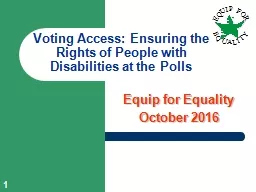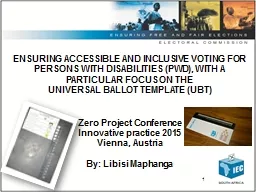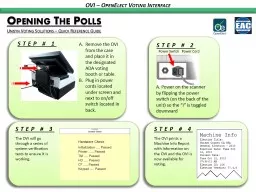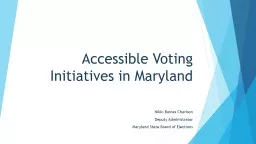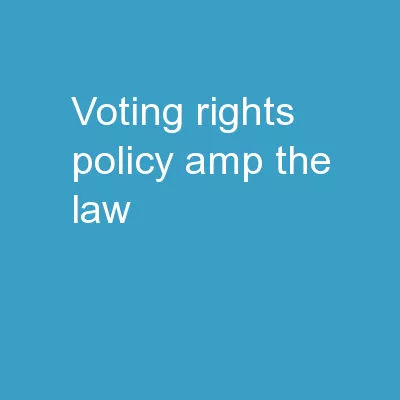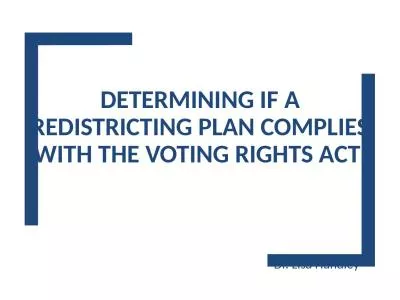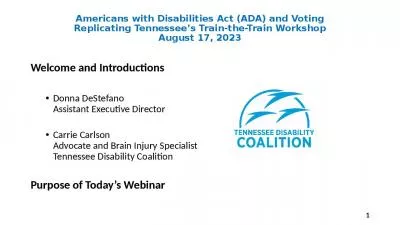PPT-1 Voting Access: Ensuring the Rights of People with Disabilities at the Polls
Author : dudeja | Published Date : 2020-07-01
Equip for Equality October 2016 Todays Agenda Introduction to Voting Access Chicago Project Overview of Federal Voting Rights of People with Disabilities Americans
Presentation Embed Code
Download Presentation
Download Presentation The PPT/PDF document "1 Voting Access: Ensuring the Rights of ..." is the property of its rightful owner. Permission is granted to download and print the materials on this website for personal, non-commercial use only, and to display it on your personal computer provided you do not modify the materials and that you retain all copyright notices contained in the materials. By downloading content from our website, you accept the terms of this agreement.
1 Voting Access: Ensuring the Rights of People with Disabilities at the Polls: Transcript
Download Rules Of Document
"1 Voting Access: Ensuring the Rights of People with Disabilities at the Polls"The content belongs to its owner. You may download and print it for personal use, without modification, and keep all copyright notices. By downloading, you agree to these terms.
Related Documents

